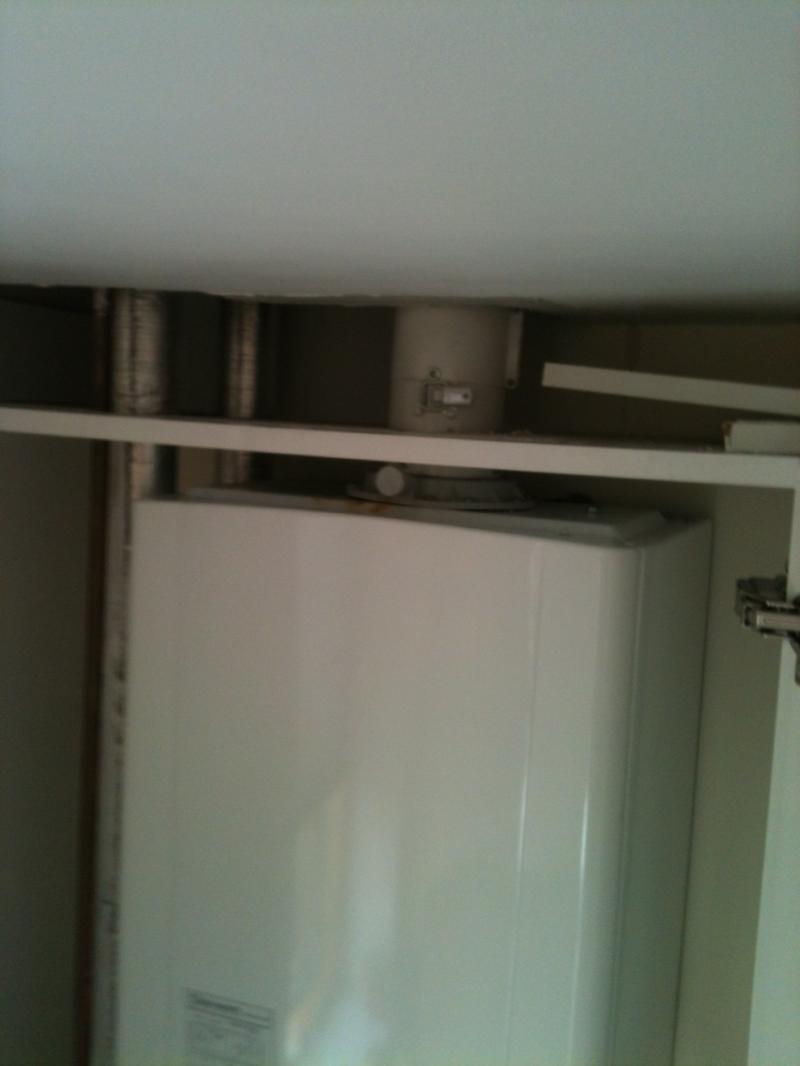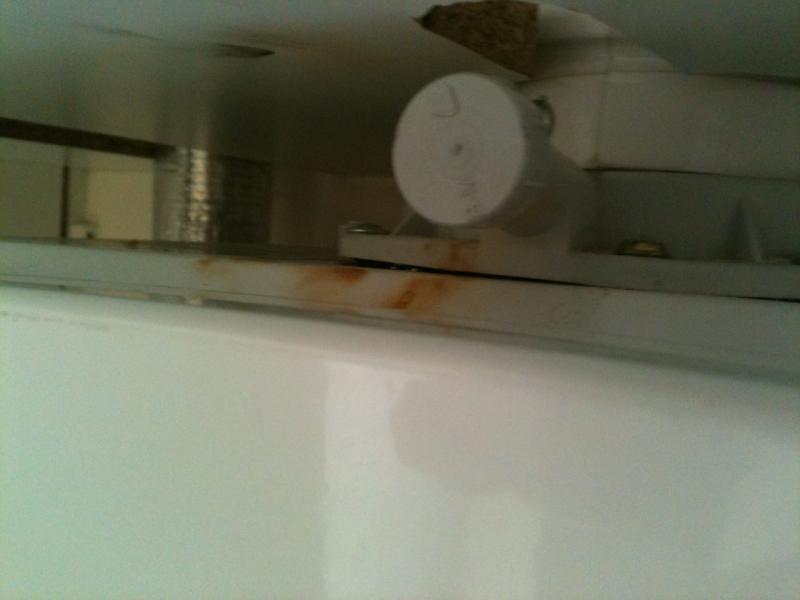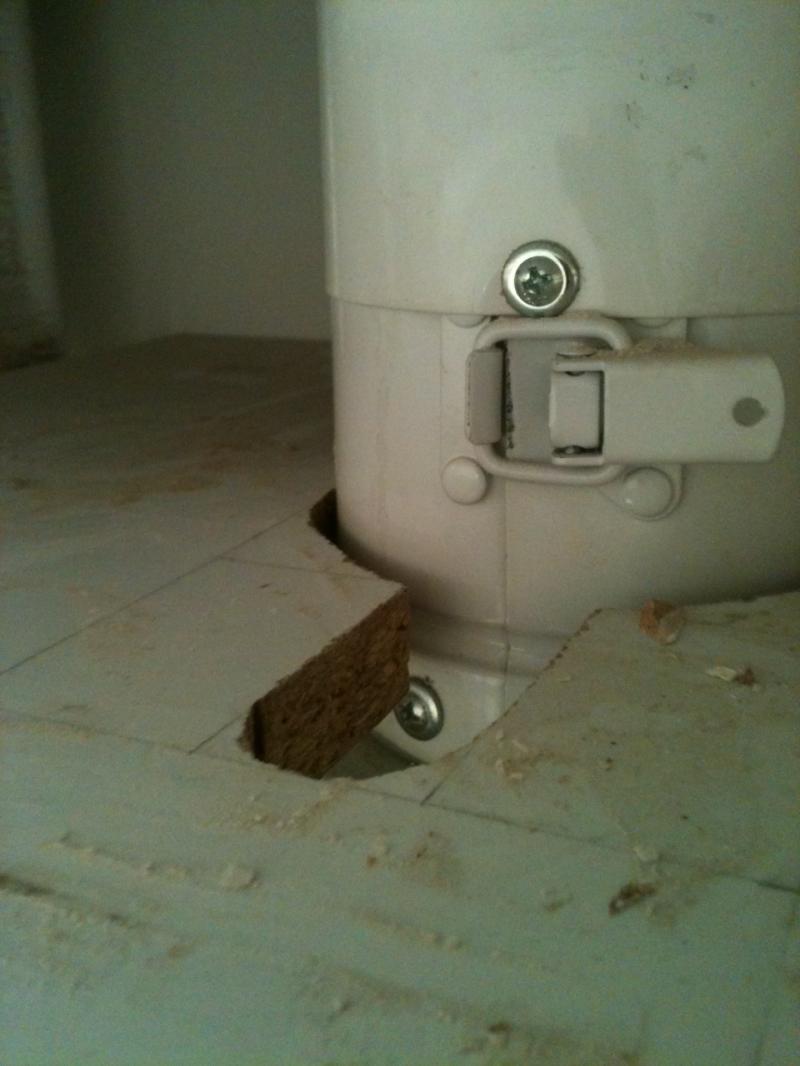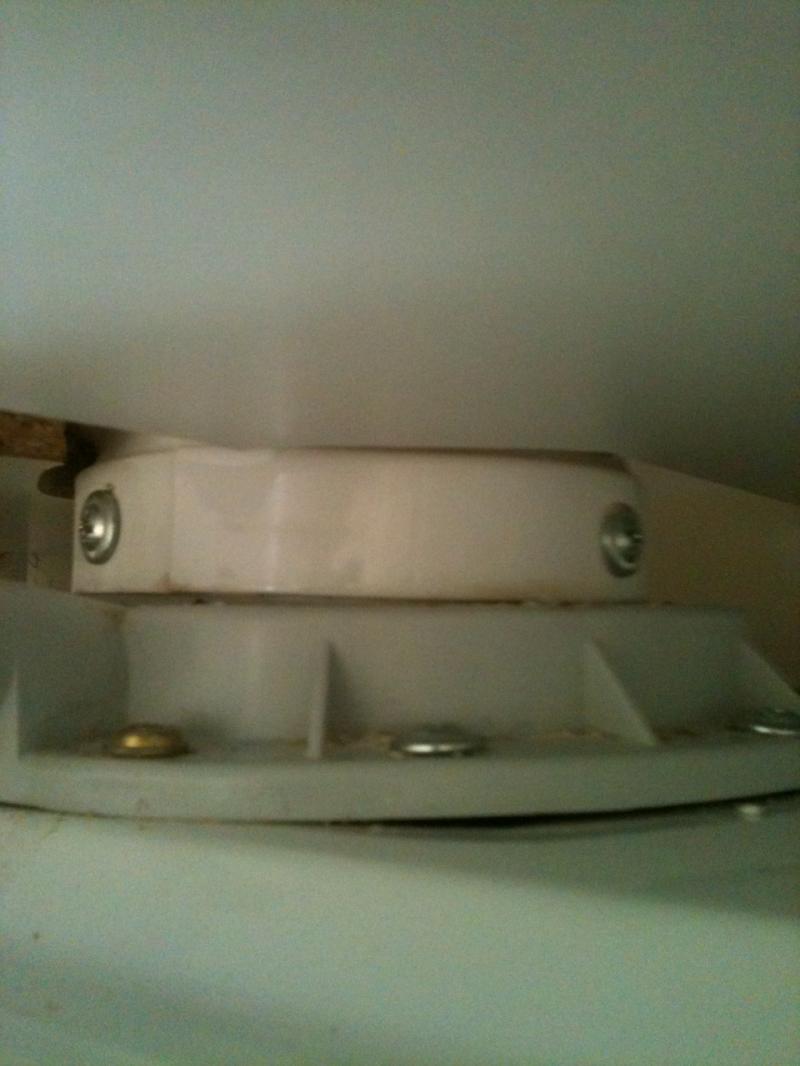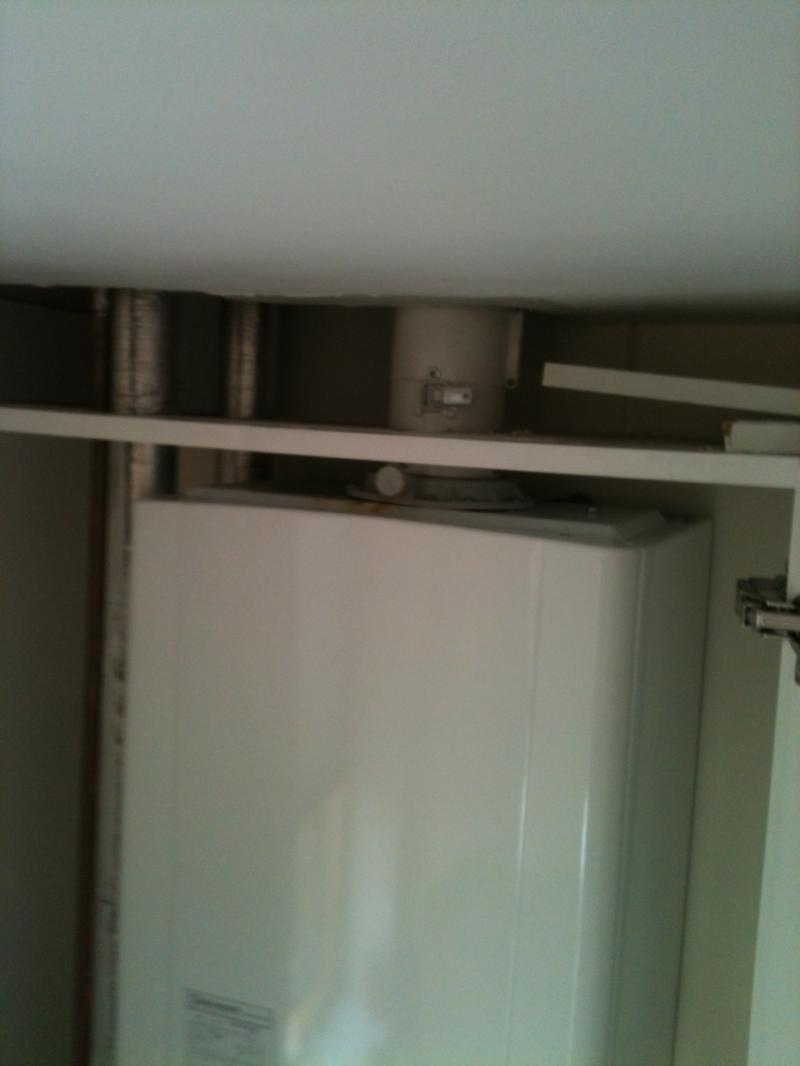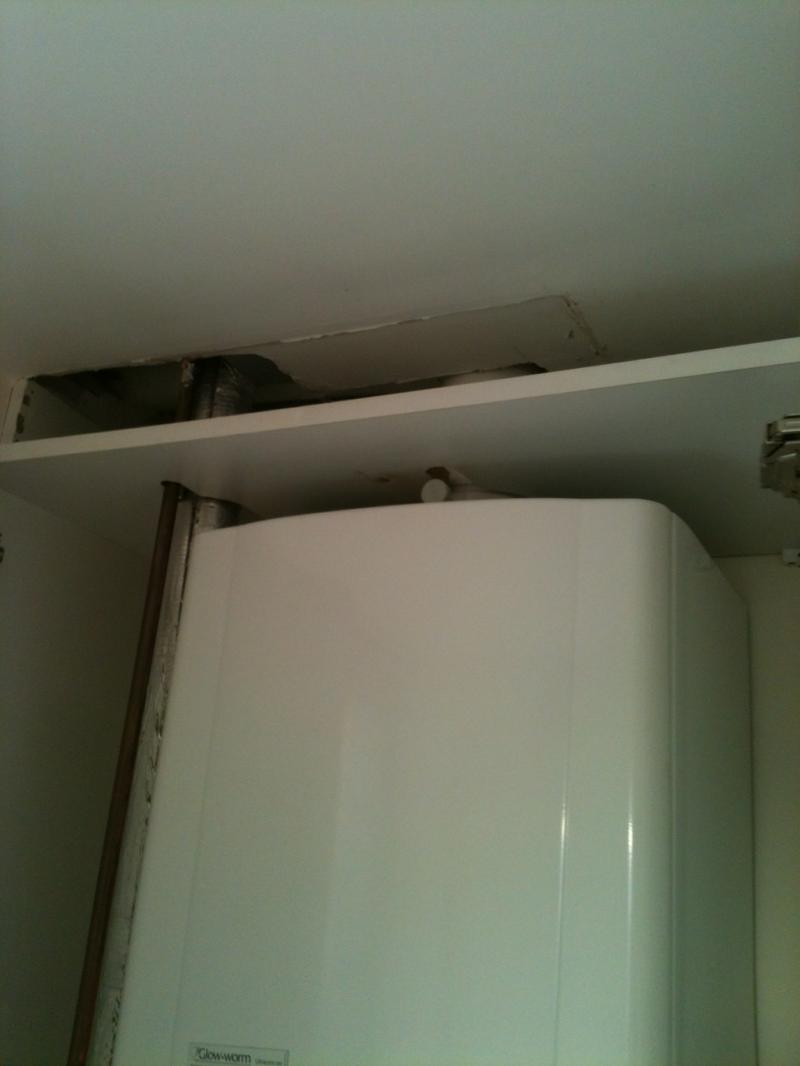Hello everyone,
I would like to hear your opinions on my situation.
I have been with the AA for an annual boiler service since 2011, when I first purchased my flat. Since then, I never
had an issue with my boiler, but this year some issues arose. The previous inspections until this year's were alaways
passed without a problem. Previous annual services were always with AA-approved contractors until this year, when AA
engineers visited my flat. The flat is covered by an NHBC insurance scheme, in its 5th year. We have a Glowworm
condensing boiler ultracom Sxi18.
Based on the AA checks, the engineers claim that the turret is not secured properly to the boiler box and they have
to classify the boiler as at risk. They say that they have noticed the flame of a match moving when in proximity of
the turret. There are some marks around the turret. However when they performed a check to measure the levels of CO
in the room the results came up ok. Moreover, the fact that the boiler is a condensing boiler helps because of the
negative pressure. One of the engineers said that the issues might be addressed by simply tightening the screws that
should seal the screws against the box, however there is not sufficient space to fit in a screwdriver because there
is the top shelf of the boiler cupboard.
I am wondering what I can/should do in this case?
I am wondering why this has never been picked up on in previous inspections? Should I complain to the AA regarding
this or should I claim it against the NHBC insurance scheme as the flue issue is linked to an installation problem?
In order to solve this I guess we would have to clear the area around the turret by removing the top shelf, which
will require to remove the entire cupboard and breaking the wall. All this is sure to be expensive.
Would there be an easier solution? Of course I want to have the "at risk" removed. I guess I will need another
inspection after the turret problem is rectified by an engineer?
Any ideas are appreciated!
Thanks
Matt
I would like to hear your opinions on my situation.
I have been with the AA for an annual boiler service since 2011, when I first purchased my flat. Since then, I never
had an issue with my boiler, but this year some issues arose. The previous inspections until this year's were alaways
passed without a problem. Previous annual services were always with AA-approved contractors until this year, when AA
engineers visited my flat. The flat is covered by an NHBC insurance scheme, in its 5th year. We have a Glowworm
condensing boiler ultracom Sxi18.
Based on the AA checks, the engineers claim that the turret is not secured properly to the boiler box and they have
to classify the boiler as at risk. They say that they have noticed the flame of a match moving when in proximity of
the turret. There are some marks around the turret. However when they performed a check to measure the levels of CO
in the room the results came up ok. Moreover, the fact that the boiler is a condensing boiler helps because of the
negative pressure. One of the engineers said that the issues might be addressed by simply tightening the screws that
should seal the screws against the box, however there is not sufficient space to fit in a screwdriver because there
is the top shelf of the boiler cupboard.
I am wondering what I can/should do in this case?
I am wondering why this has never been picked up on in previous inspections? Should I complain to the AA regarding
this or should I claim it against the NHBC insurance scheme as the flue issue is linked to an installation problem?
In order to solve this I guess we would have to clear the area around the turret by removing the top shelf, which
will require to remove the entire cupboard and breaking the wall. All this is sure to be expensive.
Would there be an easier solution? Of course I want to have the "at risk" removed. I guess I will need another
inspection after the turret problem is rectified by an engineer?
Any ideas are appreciated!
Thanks
Matt


